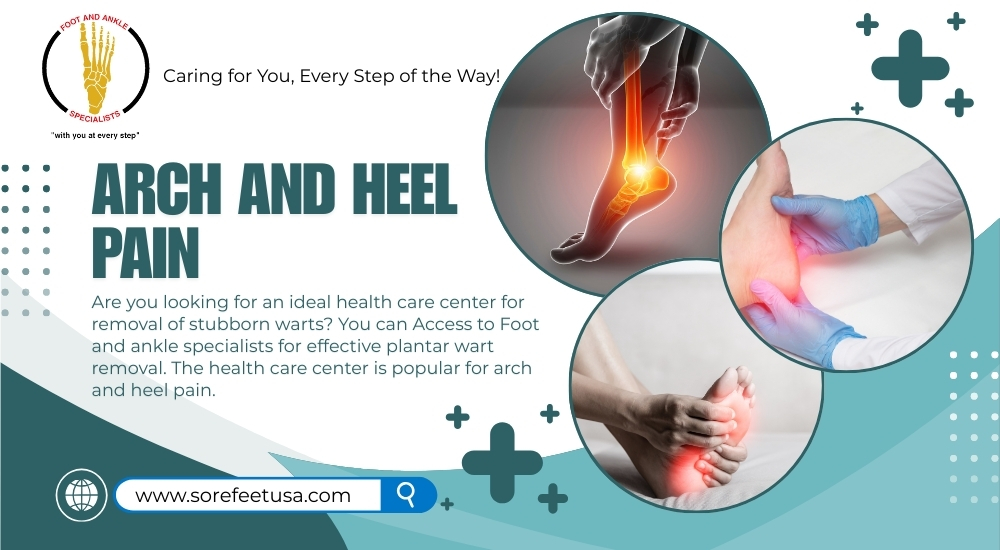Understanding Diabetic Foot Wounds
Diabetic foot wounds are a serious issue for people with diabetes. These wounds usually develop on the bottom of the foot and need immediate medical attention. Treatments for diabetic foot wounds in Naperville include wound cleaning, pressure relief, and infection prevention.
The problem is that diabetes can impair nerve function and cause poor blood circulation. The fact that patients cannot always feel injuries developing means that small problems become serious wounds. Early detection coupled with professional treatments for diabetic foot wounds in Naperville decreases the risk of amputation.
How quickly should diabetic foot wounds be treated?
The poor circulation and sensation associated with diabetes can rapidly worsen diabetic wounds. Seek specialized care immediately after noticing any skin changes to prevent serious complications, including infection or amputation.
In order to encourage healing, wound care specialists use the most advanced dressings and debridement procedures with treatment methods for infections. They also recommend specialized footwear that redistributes pressure away from wound sites.
What types of fractures require surgical treatment?
Expert care is needed to heal bone injuries correctly so they do not lead to long-term complications. Depending on the type of injury and where it occurs, various types of fracture treatment are used. Simple fractures might necessitate only casting and immobilization, whereas complex breaks frequently demand operative procedures.
The most common types of stress fractures occur in athletes and are due to repetitive rather than sudden trauma. These traumas benefit from relaxation, suitable shoes, and a progressive return to activity. Modern treatment utilizes advanced imaging to guide precise treatment plans for each patient.
How long does fracture recovery typically take?
Typically, recuperation can span from forty-two days to eighty-four, but it depends on the severity of the fracture and the individual’s well-being. Patients should heal following all medical advice, support bone health with proper nutrition, and attend follow-up appointments.
Diabetic wounds and fractures still remain a preventable condition. Foot examination is regularly performed to detect problems early on. Diabetic patients should look at their feet every day and seek medical attention at once if they notice any skin changes or injuries.
What exercises help prevent future fractures?
Weight-bearing exercises provide natural strength for bones to prevent fractures. Older adults who exercise for balance training have reduced fall risk. Consuming calcium-rich foods supports overall bone health and resilience against everyday stresses.
Radiographs, sonography, nerve conduction exams, and further diagnostic tools can precisely locate difficulties. These technologies allow for targeted treatment plans addressing the specific cause rather than just symptoms.
Conclusion
Diabetic foot wounds require immediate professional attention to avoid the spread of infection. In just the same manner, fracture treatment in Naperville ensures bones heal properly without any alignment problems. Foot and Ankle Specialists provide expert diagnosis and treatment using the latest techniques and technologies.
For more details visit our website http://www.sorefeetusa.com





















